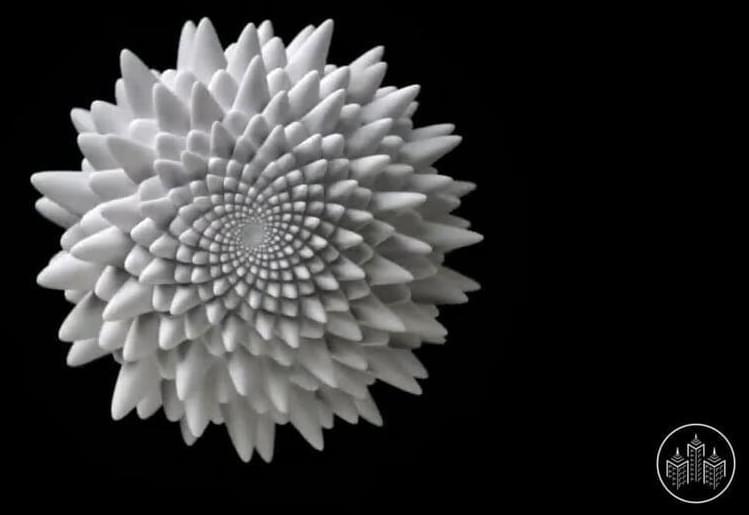What do #robots and babies have in common? Both learn from experience & their surroundings. Our Machine Common Sense program applies lessons from child cognition to make robotic systems more robust, like walking in new/tough terrain as shown.



The architecture and evolution of planetary systems are shaped in part by stellar flybys. Within this context, we look at stellar encounters which are too weak to immediately destabilize a planetary system but are nevertheless strong enough to measurably perturb the system’s dynamical state. We estimate the strength of such perturbations on secularly evolving systems using a simple analytic model and confirm those estimates with direct N-body simulations. We then run long-term integrations and show that even small perturbations from stellar flybys can influence the stability of planetary systems over their lifetime. We find that small perturbations to the outer planets’ orbits are transferred between planets, increasing the likelihood that the inner planetary system will destabilize.



A million bears walking on the streets of Hong Kong. A strawberry frog. A cat made out of spaghetti and meatballs.
These are just a few of the text descriptions that people have fed to cutting-edge artificial intelligence systems in recent weeks, which these systems — notably OpenAI’s DALL-E 2 and Google Research’s Imagen — can use to produce incredibly detailed, realistic-looking images.

The plant seen here will capture 40,000 tonnes of carbon dioxide (CO2) each year – 100 times more than the UK’s current largest facility and equivalent to taking 20,000 cars off the roads. The £20 million investment has been completed by Northwich-based Tata Chemicals Europe, one of Europe’s leading producers of sodium carbonate, salt and sodium bicarbonate.
The project will help to unlock the future of carbon capture and utilisation, as it proves the viability of the technology at a large scale, removing CO2 from gas power plant emissions for use in high-end manufacturing applications.
In a world-first, the captured emissions are being purified to food and pharmaceutical grade, then used as raw material for a form of sodium bicarbonate that will be known as Ecokarb. This unique and innovative manufacturing process is patented in the UK, with further patents pending in key territories around the world. Ecokarb will be exported to more than 60 countries.

Unlike a 3D zoetrope, which animates a sequence of small changes in objects, a bloom animates as a single, self-contained sculpture. The animation effect of the flower is achieved by progressive rotations of the golden ratio, phi (ϕ), the same ratio that nature uses to generate the spiral patterns we see in pine cones and sunflowers. The rotational speed and frequency of the flower’s strobe light are synchronized so that a flash is produced each time the flower rotates 137.5° (the angular version of phi). The particular shape and behavior of each bloom is determined by a unique parametric seed that I call phi-nomial.
Sculpture: Blooms 2 by John Edmark.
View insights.

If you’re ready for connectivity on the move, SpaceX’s Starlink satellite broadband may soon be the answer. The US Federal Communications Commission on Thursday gave the internet provider the greenlight to provide service on moving vehicles, boats, and planes.
The new authority should help SpaceX meet “the growing user demands that now require connectivity while on the move,” wrote FCC International Bureau Chief Tom Sullivan in the approval, “whether driving an RV across the country, moving a freighter from Europe to a U.S. port, or while on a domestic or international flight.”

